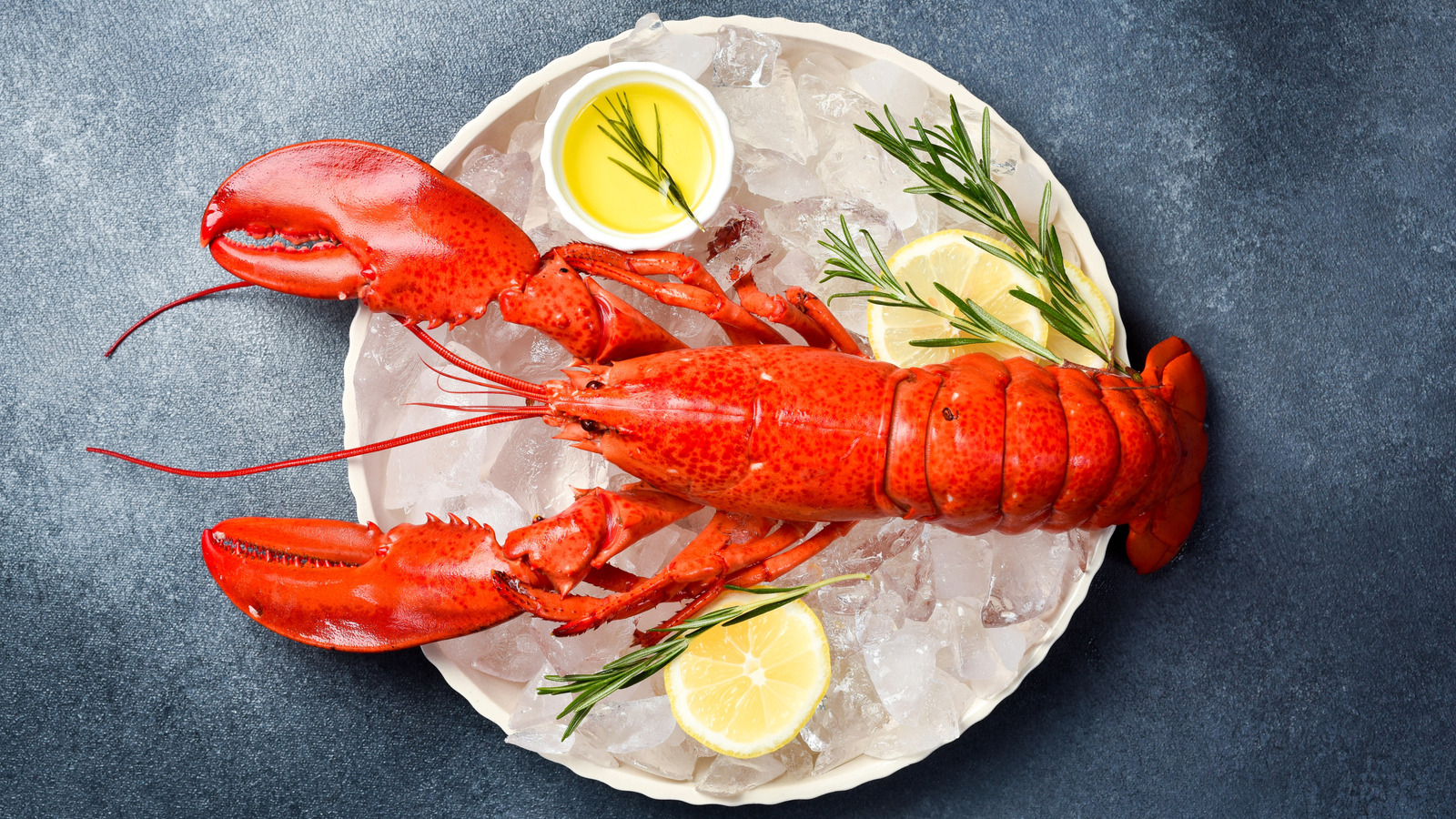
"Smaller lobsters are actually tastier and more tender than their larger siblings. So, adhering to the idea of 'the more, the merrier,' you'll have a better feast when your plate is piled with youngsters."
"Petite lobsters are younger in age, making them softer, sweeter, and more delicate on the palate. Large ones, by contrast, have been around the ocean-block a few times, building up muscle fibers."
"Petite lobsters also cook more quickly and uniformly, delivering that moist and buttery texture and flavor that's famous in the world of sea-centric cuisine."
"A large lobster can cook unevenly due to its mass as outer edges closer to the heat source will be ready long before its interior flesh."
Smaller lobsters are more flavorful and tender compared to larger lobsters. They are younger, resulting in finer muscle fibers, making the meat softer and sweeter. Larger lobsters tend to have tougher, rubbery meat due to prolonged swimming and molting. Cooking smaller lobsters is quicker and leads to uniform results, enhancing their moist and buttery texture. Conversely, larger lobsters can cook unevenly, requiring meat removal for consistent cooking. Lobster sizes are also regulated by species and location for population protection, with specific size restrictions in areas like Maine.
Read at Tasting Table
Unable to calculate read time
Collection
[
|
...
]